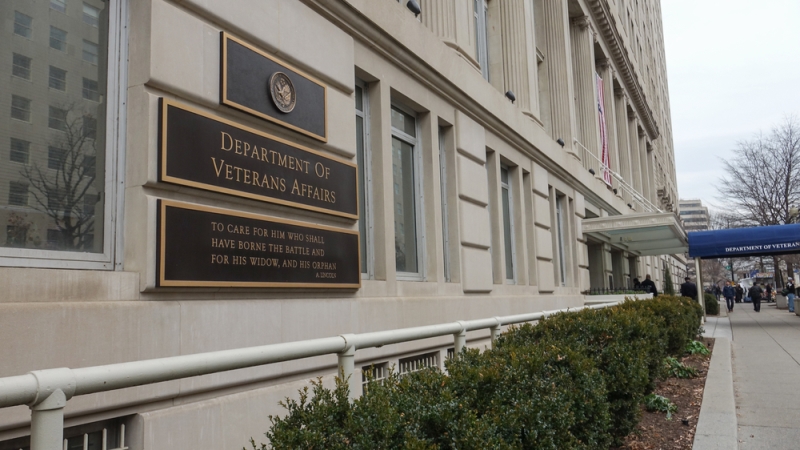
The Department of Veterans Affairs (VA) believes it has enough IT funding this year to slowly start reducing its technical debt for the first time, agency leaders said today during a House Committee on Veterans’ Affairs hearing on the fiscal year 2022 (FY2022) VA IT budget.
For its FY2022 budget request, the VA’s IT systems come with a hefty $4.8 billion price tag. FY2022 is unique in that it will be the first time the VA has access to the Recurring Expenses Transformational Fund authorized by the Consolidated Appropriations Act of 2016. Additionally, VA is also authorized to use American Rescue Plan funds for certain IT requirements in FY2022.
In total, the VA’s Office of Information and Technology’s (OIT) budget has increased 34 percent, or $1.4 billion, since 2019, in comparison to the 2022 request.
“Despite this growth, I must acknowledge that we have a sizable technical debt, especially with respect to our aging IT infrastructure,” Jon Rychalski, assistant secretary for management and CFO at VA, said of the budget increase during the hearing. “The primary cause of this deficit is a failure to properly account for the IT costs associated with new initiatives over many years. Rather than include IT as a part of the inherent cost of a new benefit or initiative, other IT accounts were raided to fund the new initiative.”
However, when asked if the FY2022 budget was enough to begin reducing VA’s accumulated technical debt, Dominic Cussatt, acting assistant secretary of IT and acting CIO at VA, said he believed “it is enough to begin reducing it.”
“We, for the first time, have a really good picture of what our technical debt is,” Cussatt said. “We do have a detailed plan about regarding how to resolve it within a four-year time span. And then the important thing is you’re never done. You can’t just resolve it, you know, you have to refresh… to industry standards, whether it be a four-year refresh cycle for end user devices or six- to seven-year refresh cycle for enterprise backbone infrastructure. So, we’re mindful of that.”

“Each year we are looking at what increased funding we could use to help accelerate addressing technical debt… we want to do it as quickly as possible, but we know funding is limited,” he added.
Rychalski agreed that the VA is eager to reduce its technical debt quickly, but he also emphasized the agency wants to “do it responsibly.”
“The reality of it is, you couldn’t dump… just 10 or 20 billion in IT and resolve the infrastructure – it’s going to take some time to work through it responsibly and effectively,” Rychalski said. “So, I think that we’re asking for the right amount of money, based upon the need and other sources of funding we have.”
